Can you Be Too Cheap? Why Being a Cheapskate Can Cost You
This website may earn commissions from purchases made through links in this post.
Frugality is all about being savvy with your money but can you be too cheap? Being a cheapskate can cost you. Here’s how.
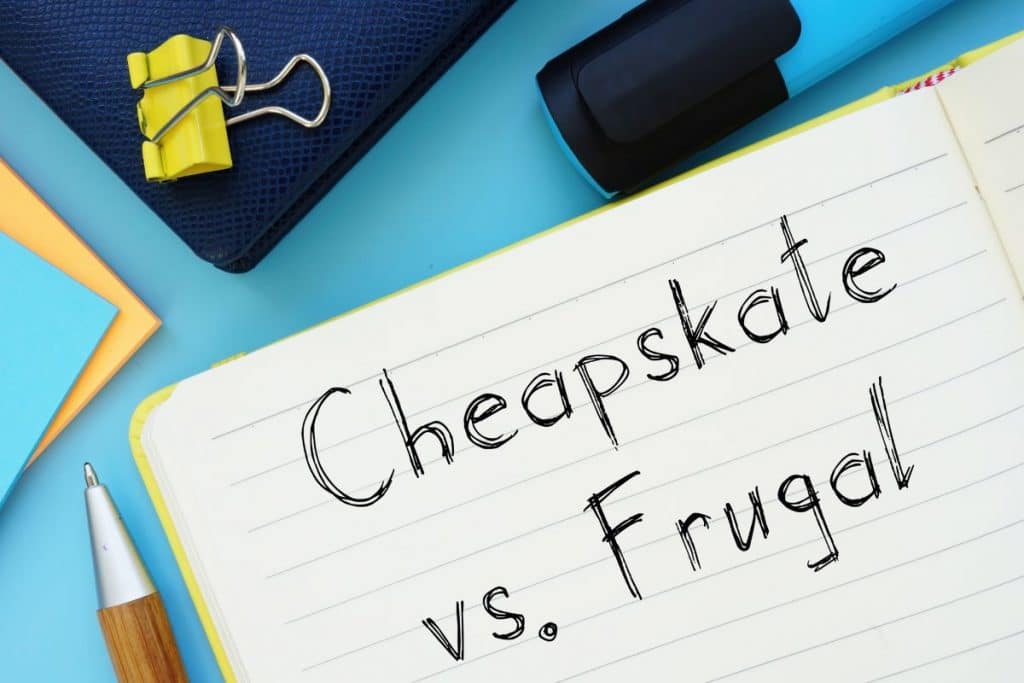
A little while ago, I had a conversation with a friend about saving money. She told me that she didn’t believe “A penny saved is a penny earned.”
This kind of threw me. I had to think. When would a penny saved not be a penny earned?
When it costs you more in the long run.
Rather than always looking for the cheapest option, sometimes we need to look for quality and value.
These are actually pretty ambiguous terms. What is quality? How do you define value? It will depend on your own set of values, needs, wants, likes, dislikes and lifestyle.
So can we get quality and value cheaply? I think so:
- Know when to buy cheap and when to spend some extra dollars buying quality. Generic rice v branded rice is a good example. If it is exactly the same product, why pay more for the pretty packaging.
- Buy things that you need and are going to use. A good quality, comfortable pair of shoes that you will wear everyday is going to be better value than the latest fashion that you wear once and leave in the cupboard.
- On the other hand, if you are a shoe diva, who loves to buy the latest fashion, then long lasting shoes are not a priority. Buying the cheapest pair is a better option.
- Look for a product that is built to last. “They don’t make things like they used to” as I am often told, but buying products that you will have to replace often will cost you more money in the long run.
- Do some research. What do others have to say about a product? Check product reviews to get an idea of the quality of the product. The best information comes from people who have actually used the product.
- Look at the overall cost over the life of the product. This is especially useful for appliances. An energy efficient appliance may cost more up front but will save you on running costs.
- Learn how to recognise quality. High price items are not always quality ones. You are often paying for brand recognition and advertising costs. Brands are sometimes synonymous with quality but not always. In general, forget the brand and look at the quality of the individual product.
- Check out return policies, warranties and repair policies. This is where brand reputation can be important. Some companies offer better service than others. Don’t get stuck with a dud.
- Will scratch and dent, floor stock or used items do? These can be great value for money as you are buying a quality product with little wrong with it, at a greatly reduced price.
- Once you have decided on a quality item, buy it at the cheapest price. Use a comparison shopper to buy online or shop around, wait for the sales or negotiate a lower price (which can be a lot of fun).
So what are the things I spend more money on?
Shoes. I’m not a shoe girl. I usually buy a good quality pair of shoes that I like (on sale!) and wear them until they fall apart. The last pair of shoes I bought was 9 months ago.
Food. Actually, if you eat well and healthy, then buying quality food can save you money because it is cheaper than takeaway and packaged convenience food. I buy organic milk, really good Australia tea, frozen berries and pure pomegranate juice, to name a few. A splurge is pan seared salmon with homemade hollandaise sauce. And our grocery bill is around $60 a week for food for the two of us. The key is to buy quality, cheaply at wholesale butchers and farmer’s markets.
Towels. Quality towels stay fluffy without fabric softener (which I’m allergic to) and without a dryer. Years ago I started a glory box and lay-byed the best quality towels I could find, really cheap during the stock take sale. When I got married and we bought our first house, out came the new towels.
Cosmetics. Actually I’m not much of a girly girl either, but I buy natural, no chemical cosmetics which can cost a bit more, but I think that it’s worth it.

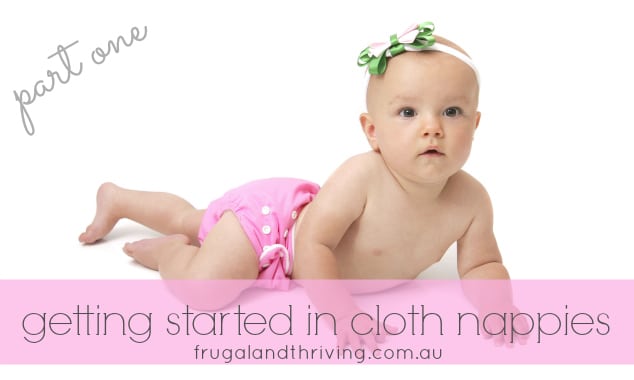
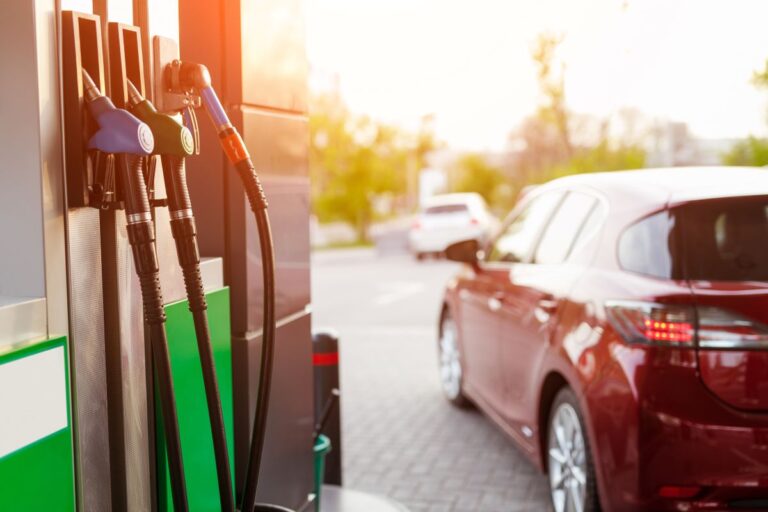
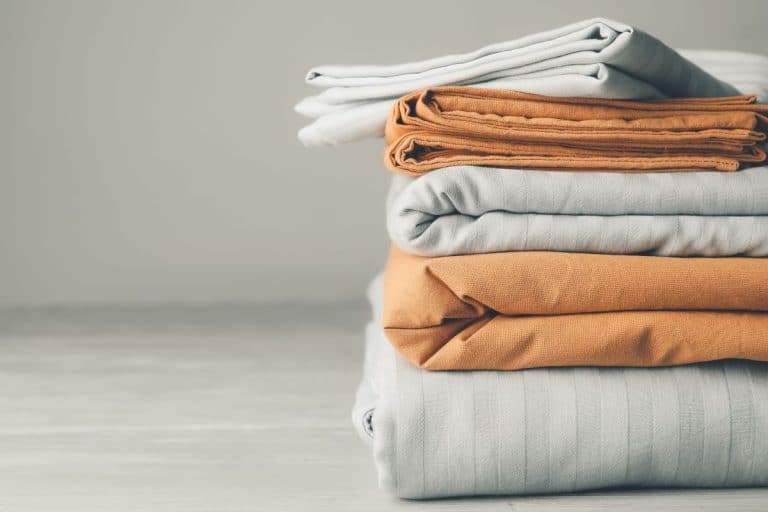
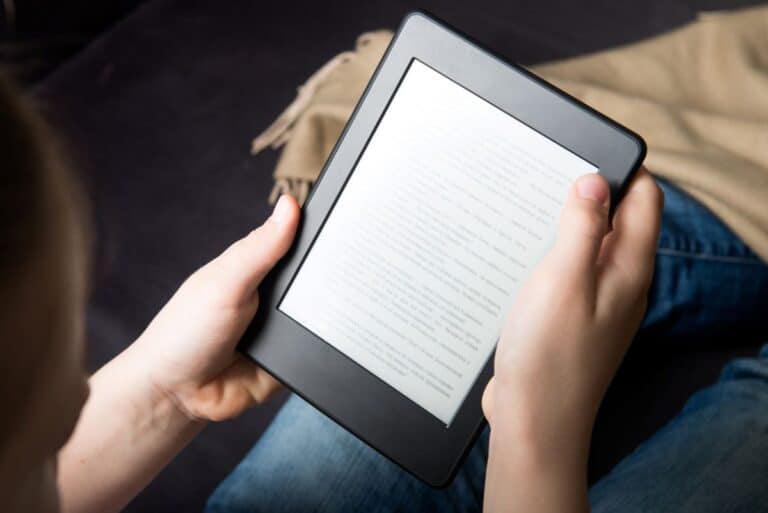

Socks should also be on the list … here’s why:
Ever suffer from a nasty attack of the sock monster? That’s where a sock vanishes & you end up throwing out the other (good one) in frustration. Or, damage one & toss both out. Or waste time trying to pair up a bunch of different socks from a wash load. … Save time & money. Here’s how:
Next time purchase a large set (the last time I did this I purchased 2 doz. pair) of the same socks. Then all socks quickly & easily match to a pair coming out of the wash. As they wear out, your set will shrink. At the point where you are down to only a few pair left, go out & repeat the purchase with a new set & toss out the old ones (or convert them to polishing rags).
Needless to say, this also works wonders when you can find them on sale. That magnifies your savings. And, when you have a large set starting to decline, you also have time to search for and wait out that sale. I started this pattern when I was purchasing socks for the kids “back to school” wardrobe. I found that 42 pair (7-6packs) of identical socks lasted about one year for two kids.